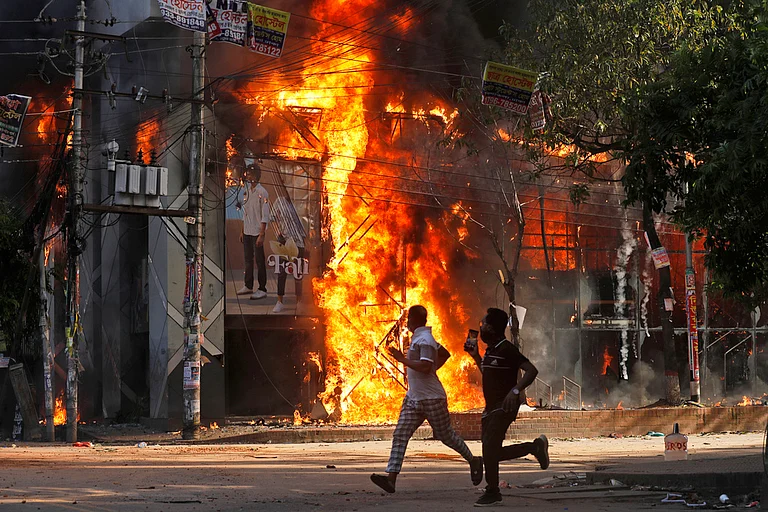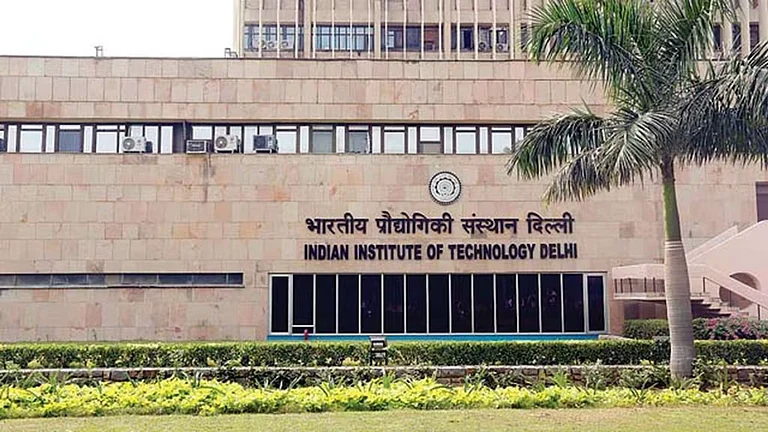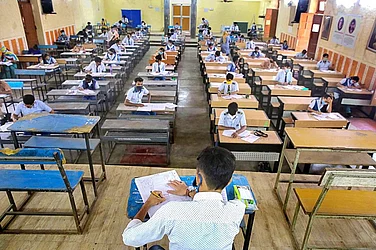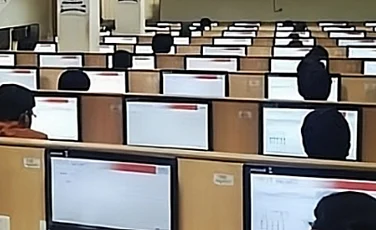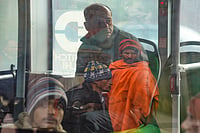The QS Best Student Cities Ranking is compiled by QS Quacquarelli Symonds, a global higher education consultancy that evaluates 150 cities worldwide to arrive at its rankings. This report on higher education has placed four of India's biggest cities in the global spotlight, highlighting their rapidly growing appeal to students.
The 2026 QS Best Student Cities ranking shows Delhi, Mumbai, Bengaluru, and Chennai all bettter positioned than previous years. The report, which assesses 150 cities worldwide based on factors like affordability, employer activity, and student feedback, crowned the national capital, New Delhi, as the most affordable city for students globally.
According to the prestigious QS rankings, Mumbai made a strong comeback into the global top 100, rising 15 places to secure the 98 position. Delhi climbed seven spots to 104, while Bengaluru saw the improvement among Indian cities, soaring 22 places to 108.
Chennai also advanced significantly, gaining 12 positions to rank 128. The report also noted that Mumbai and Bengaluru performed strongly on the affordability metric, placing within the top 15 globally.
This positive trend is seen as a direct outcome of policy initiatives. Jessica Turner, CEO of QS, stated, “India’s rising presence in the 2026 QS Best Student Cities Rankings is more than a statistical bump, it reflects a structural shift in the country’s higher education landscape.
As we approach the fifth anniversary of the National Education Policy 2020, its focus on global engagement, quality enhancement and student-centric learning is starting to bear fruit on the international stage.”
The ranking, which considers cities with at least 250,000 people and two universities in the QS World University Rankings, also captures student sentiment through 100,000 survey responses. This year, it signalled a major global shift as Seoul overtook London to become the world's top student city, ending London's six-year reign.
However, beneath the surface of these statistics, students navigating daily life in these top-ranked Indian cities paints a more complex picture. The official "affordable" tag often clashes with their lived reality of high rents and daily expenses. A University of Delhi student, Tanisha Senapati acknowledges how her college fees are low, but says the city itself is expensive. "I do not agree for the city to be very affordable," she states.
"I believe the city has a lot of options and it depends on the choices made by people. The public services are very affordable, however the living cost being affordable is still debatable. Coming from a different state I believe Delhi could be pretty expensive when it comes to food and grocery.”
In Mumbai, the primary barrier to affordability is the city's infamous rent. Ananyo Banerjee, who studied in the city, recalls his monthly expenses hitting ₹30,000, half of which was just for rent. "Mumbai is not a very affordable city to be honest, only because of the rent," he asserts. However, he adds that other costs are manageable.
"Public transportation is actually pretty affordable... Mumbai provides you enough of these avenues to save money but you have to search for them."
Bengaluru's impressive rise in the rankings is met with skepticism by Kefi, a student at Christ University. "Bangalore is extremely expensive," she says, pointing to rising transport costs. "The same metro that used to cost me around 100 for my round trip in a day, has gone up to around 150. Doesn't seem like a lot, but it's a huge margin for public transportation. The city isn't well connected so it’s another problem as the autos were always expensive and unfair with no meters but with Rapido bikes banned, price has reached the sky."
This sentiment is also echoed by Aditya Bisht, a student at Vellore Institute of Technology, which is a part of Southern India, who believes affordability is relative. He estimates his monthly expenses, including hostel and mess fees, to be around ₹25,000. "I'd say the city itself is affordable for the locals here. For an outsider I'd say it would be costlier," he remarks, citing expensive private transport.
He notes that while his daily spending is around ₹200 on food, this can skyrocket. "If we take private autos and cabs... it costs on an average of 500," he explains, adding that crowded government buses are difficult to access.
The student voices reveal a critical truth: while India’s top cities are gaining global acclaim, for many, the daily battle with the cost of living remains a formidable challenge that complicates the definition of affordability.







